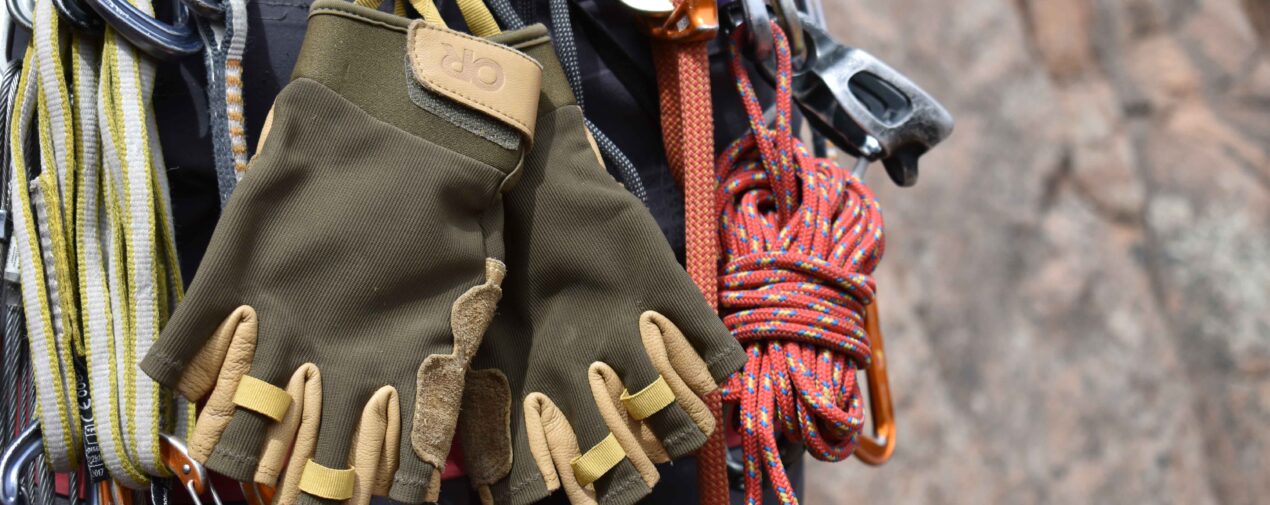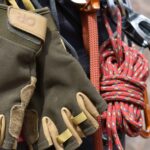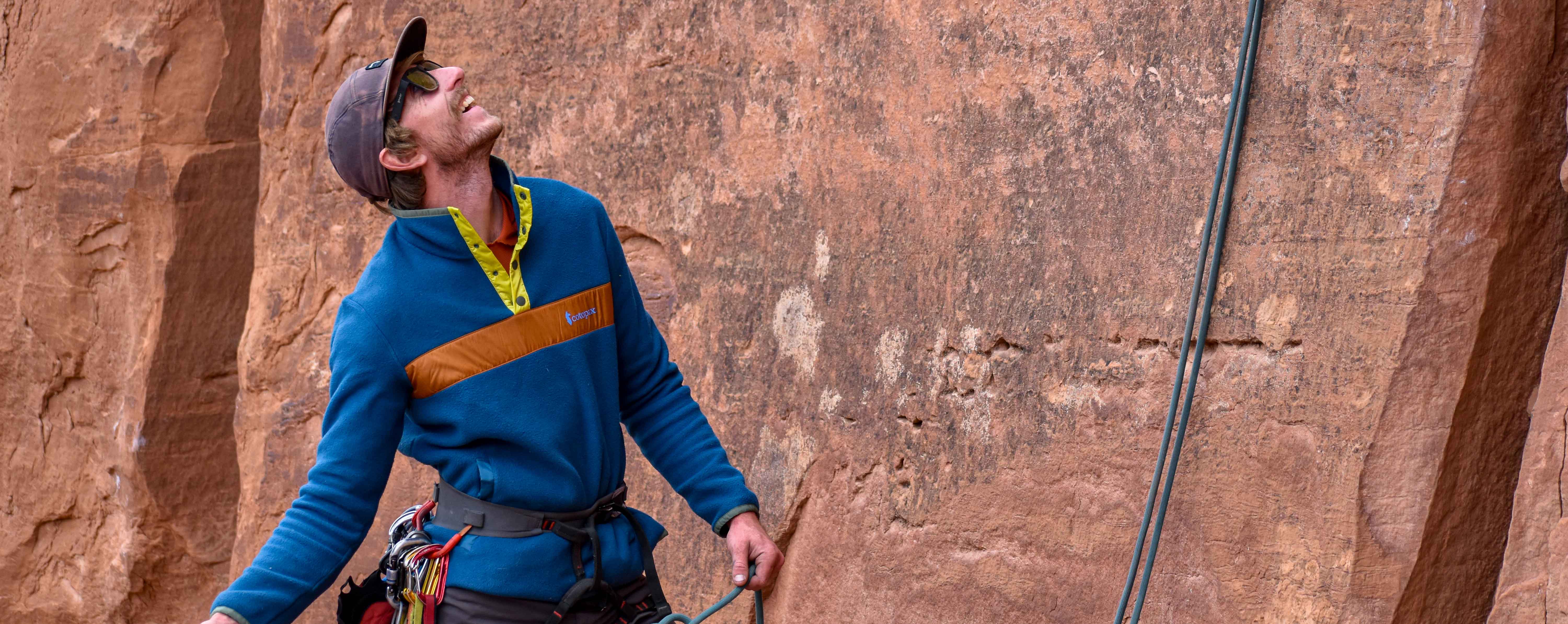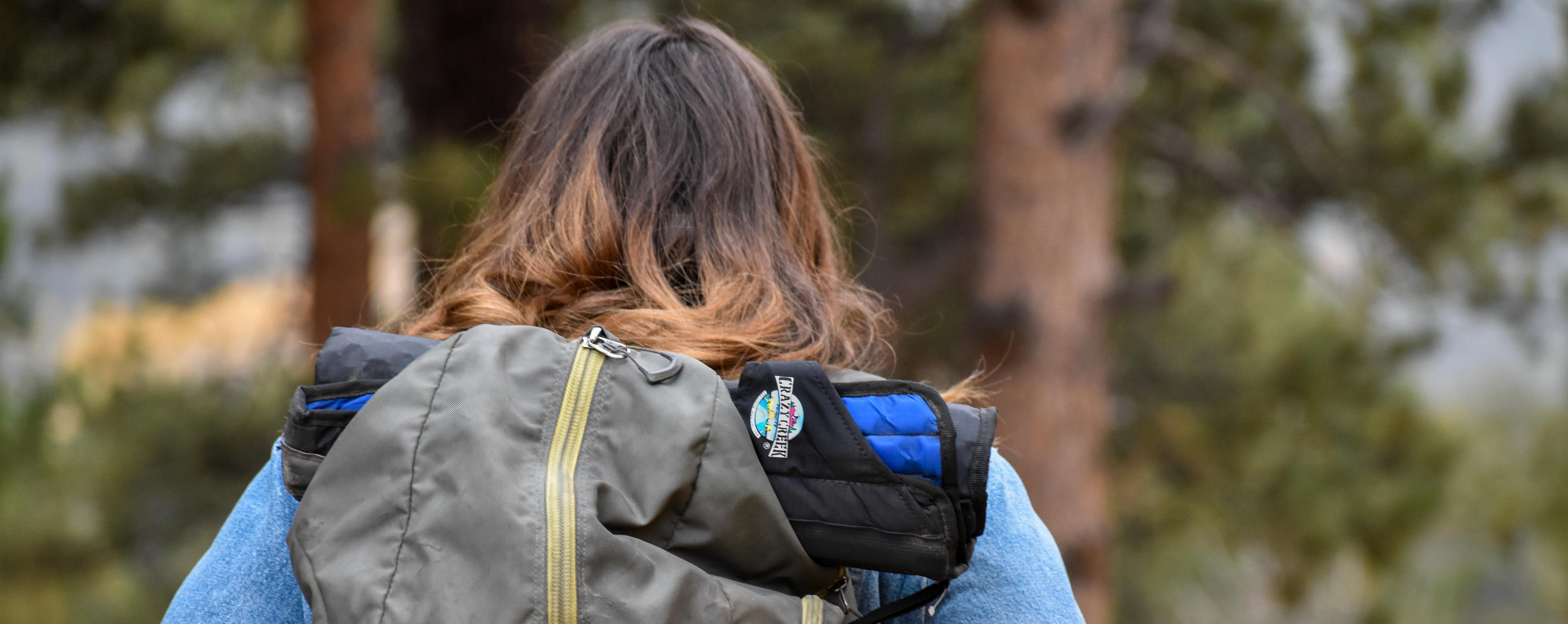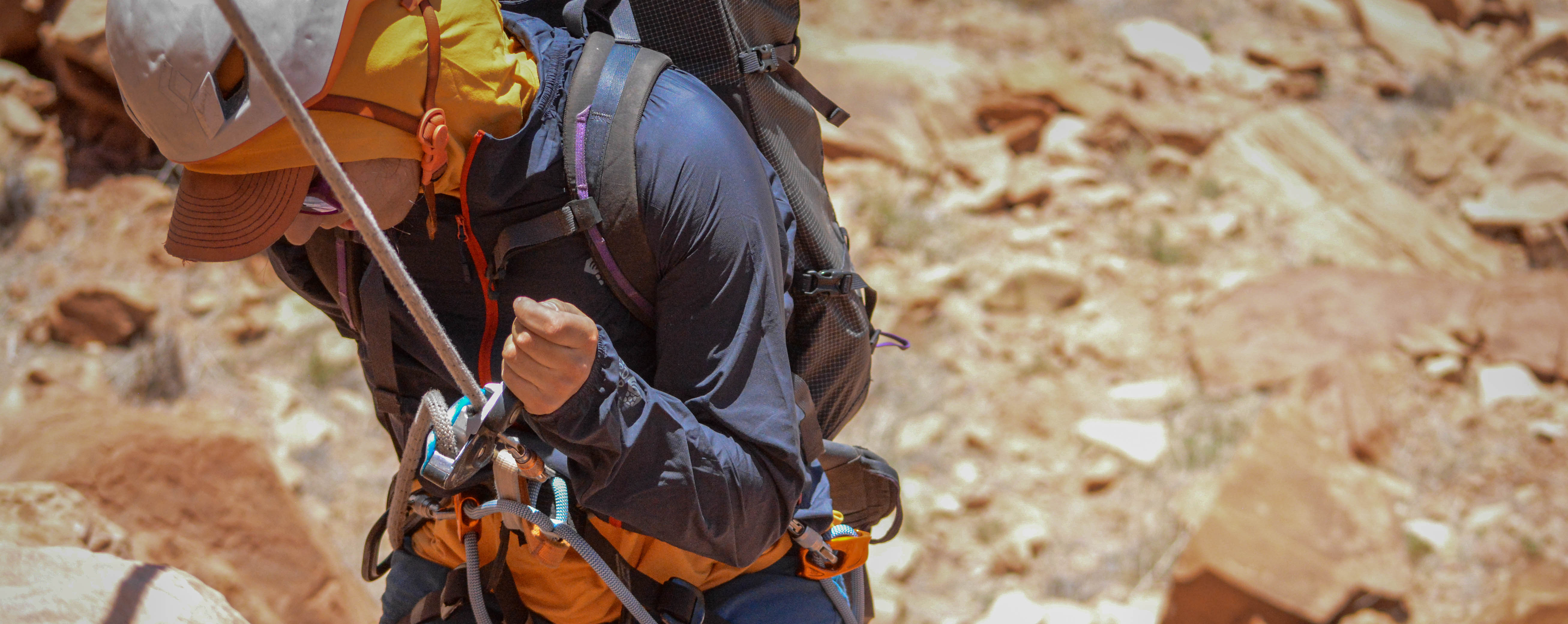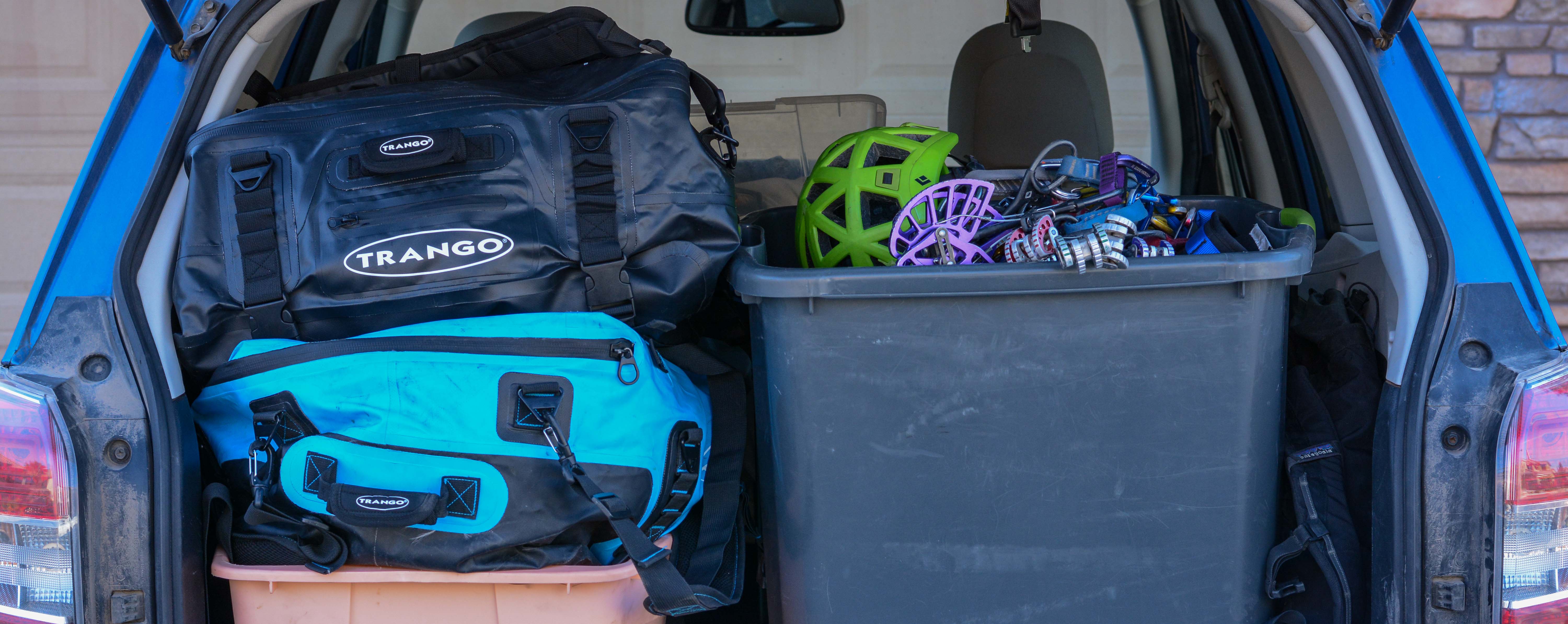ProView – Outdoor Research Climbing Glove Round Up
Outdoor Research has long been a leader in climbing tech for your hands. Whether you’re belaying, rappelling, aiding, or jugging, gloves come in handy to keep your hands fresh on long days.
Outdoor Research Climbing Glove Round Up
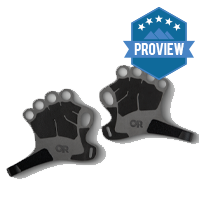
Product Name: Outdoor Research Climbing Glove Round Up
Product Description: A round of up of gloves for all your climbing needs!
Offer price: $39-$55 MSRP
-
Quality
(5)
-
Fit
(5)
-
Features
(5)
-
Durability
(4)
-
Eco-Friendly
(5)
Summary
Whether you plan on belaying your friend on their project, rappelling a multipitch route, climbing every crack in sight, or aiding a big wall, Outdoor Research has your hands covered with their Granite, Fossil Rock II, and Splitter II gloves.
Overall
4.8Pros
- Lightweight
- Reasonably-priced
Cons
- Splitter gloves not as durable
Granite Glove
OR’s Granite Glove is a leather/suede full-fingered glove. Practically speaking it’s purpose-built for long days of rope work, rappelling, and belaying. I had the ability to test this glove in a multitude of environments, including warm desert days and cooler days on granite.
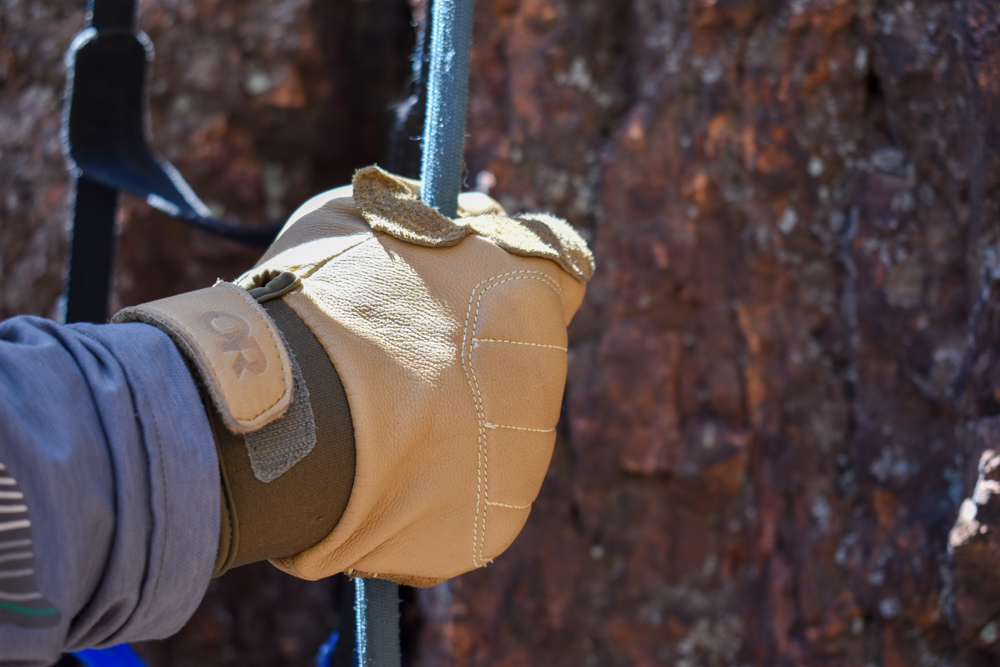
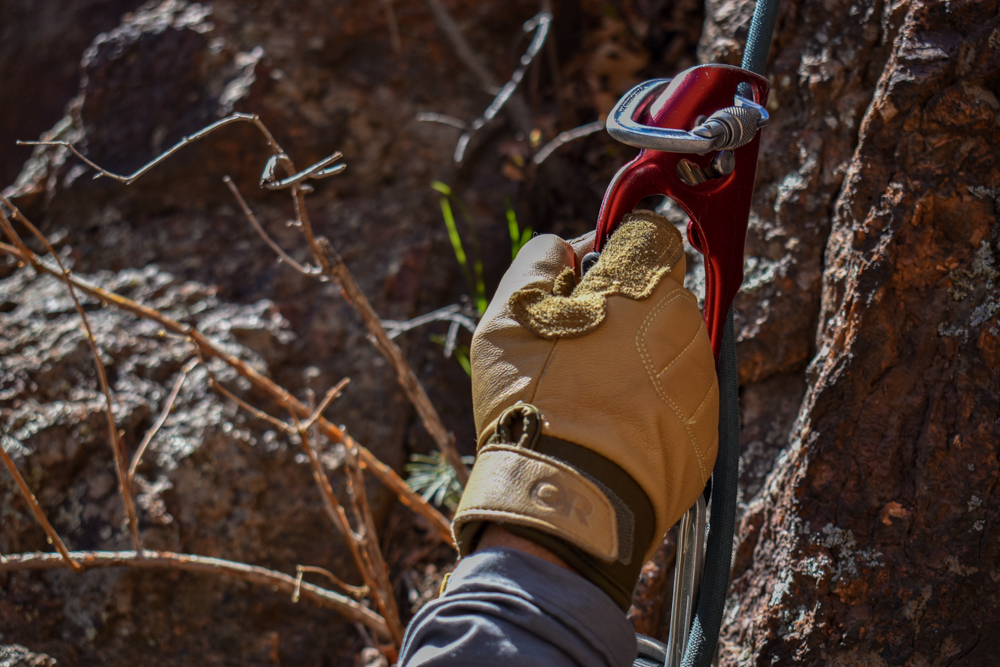
The first thing that stuck out to me was how dexterous these gloves were. From the first time I put them on, they’ve been supple and easy to work with. The areas that need the most flexion (in-between the fingers and on the wrist) are slightly larger and articulated to allow a wider range of movement. Previous belay gloves that I’ve used have missed this crucial detail, rendering them uncomfortable to wear for too long, as the wrist would rub painfully unless I was wearing long sleeves.
The dexterity of the cuff is derived from the fact that it’s made of neoprene. This also allows the glove to breathe really well. I wore these belaying for ~45 minutes several times in the desert when ambient temperatures were ~75 degrees Fahrenheit, and my hands were never gross and sweaty. This might be different during more aerobic activity, but that’s what fingerless gloves are for (more on that later).
Now, one can’t expect the dexterity of bare fingers while in a full-fingered glove. Most tasks – threading a belay device, fixing ropes, tying knots in the rope – were easy to accomplish with the Granite Gloves. But, any work with slings or cordlette is going to be very, very difficult. A few times I had to take a single glove off to get a knot out of a runner or to tie a perfect knot in cordlette. This isn’t a criticism, but one should be aware of the limitations of a full-leather glove.
A last note, sizing. I’m 5-foot-10-inches, weigh 175, and I have hands that are about the same size as other people of my height and weight. In practically all disciplines of glove (belay, ski, ice, etc) I am a medium. For the Granite Gloves, I wear a L/XL. They felt a little tight at first, but they loosened up after a few uses. I would be somewhat concerned if I was a larger person, so I would recommend trying these on in-store first to find your perfect size.
Fossil Rock II
These are my favorite pair of fingerless gloves that I have owned. I do a fair amount of aid climbing, so fingerless gloves are a must for a few reasons. First, clipping and unclipping daisies and ladders all day mean you’re going to nick your cuticles and knuckles. Secondly, jugging several hundred feet at a time is hard on the hands! Having a little bit of cushion and protection goes a long way to ensuring the longevity of your hands later, especially when mixed aiding and freeing.
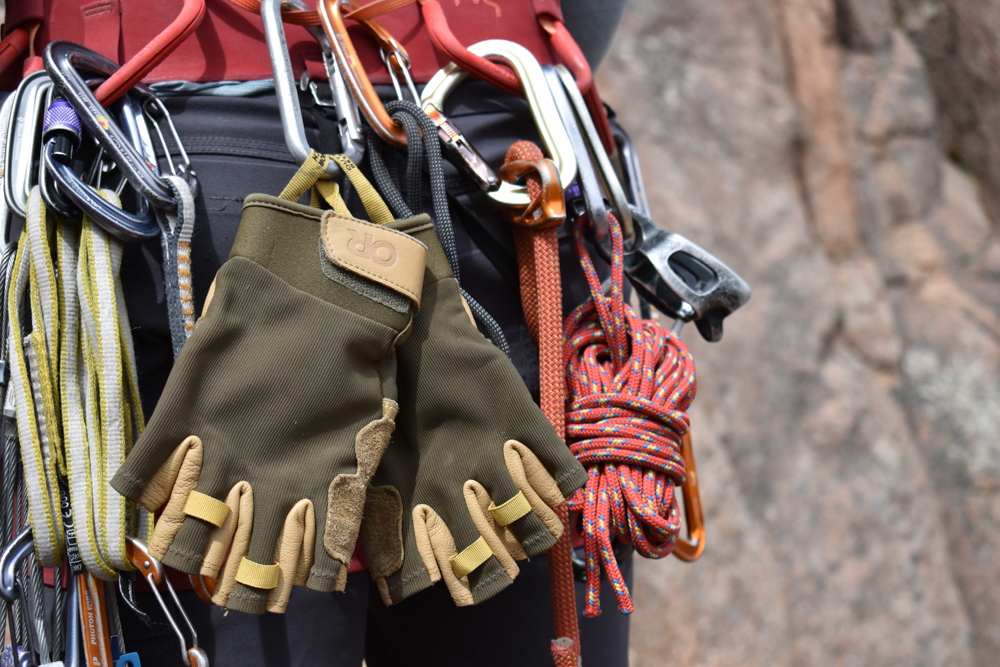
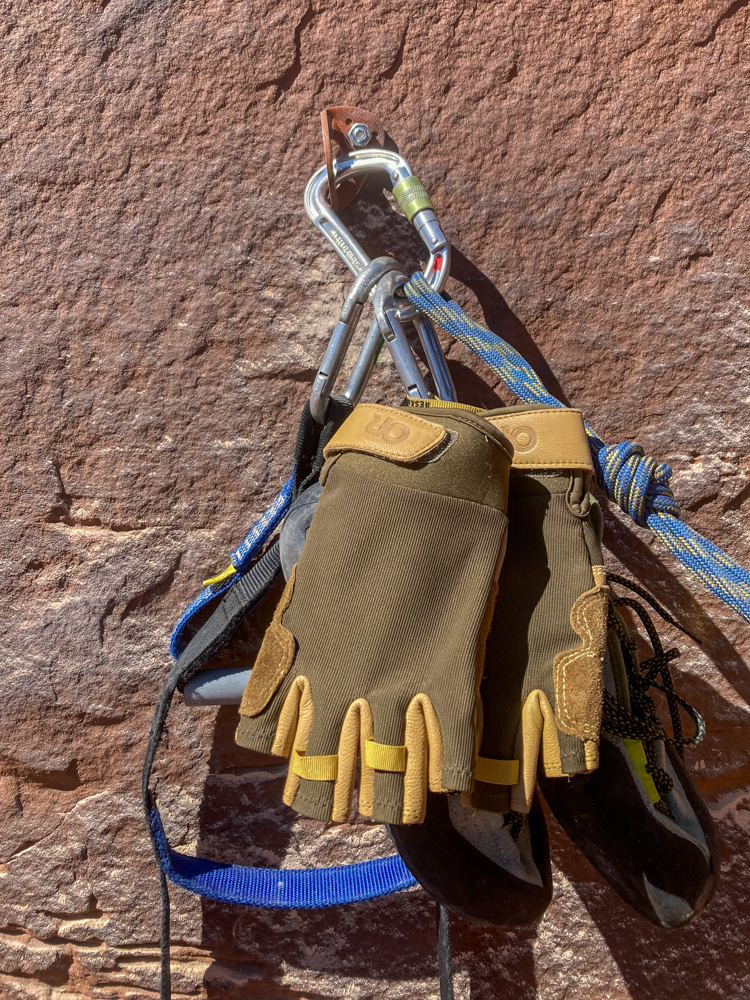
The Fossil Rock II gloves accomplish many goals of fingerless gloves. First, they provide a lot more dexterity than full-fingered gloves. This is especially important when trying to fiddle in tiny brass nuts or tie-off pitons.
Secondly, they breathe much better than full-fingered gloves. When I’m partaking in a somewhat static activity like belaying or rappelling, protection is my first priority. But, when I’m jugging I want to balance both breathability and protection. Jugging in any full-fingered glove (that I’ve used) leaves my hands gross and soggy. The Fossil Rock II gloves allow moisture to leave and keep my hands dry.
Lastly, protection. While using these gloves, I would nick my cuticles or abrade a knuckle every once in a while. This isn’t a fault of the glove – it’s just a required trade-off. So, if you don’t plan on doing an aerobic activity while wearing these, I would probably opt for the full-fingered version, the Granite Gloves.
Splitter II
It has been nice to see the revolution of crack gloves really take hold over the last few years. I know many of the old guard will say gloves are “cheating” (so were rubber shoes) or that I should “learn to tape” my hands (I could), but I digress.
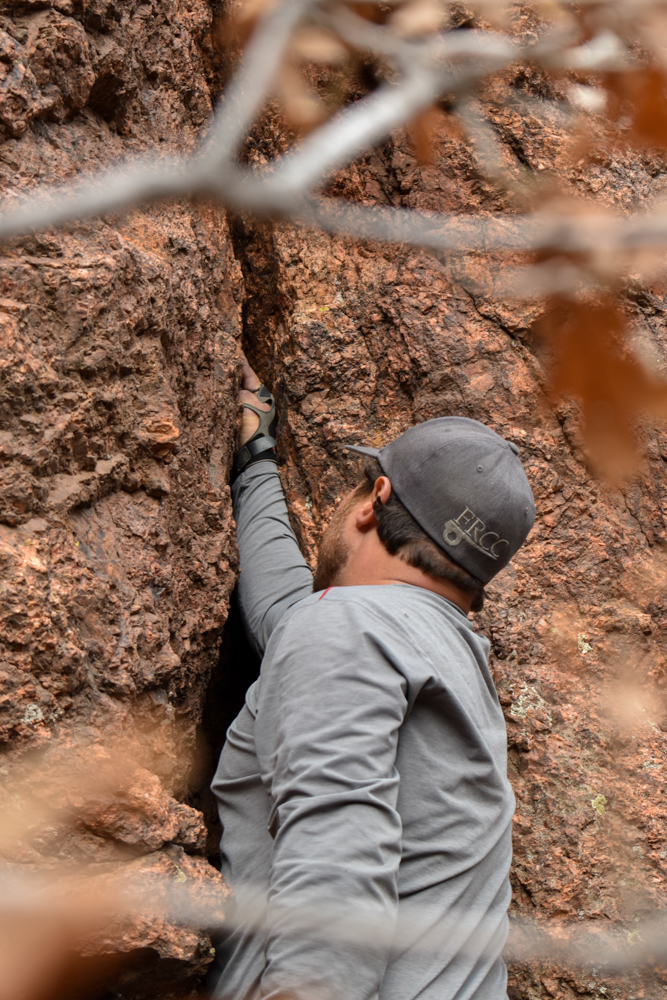
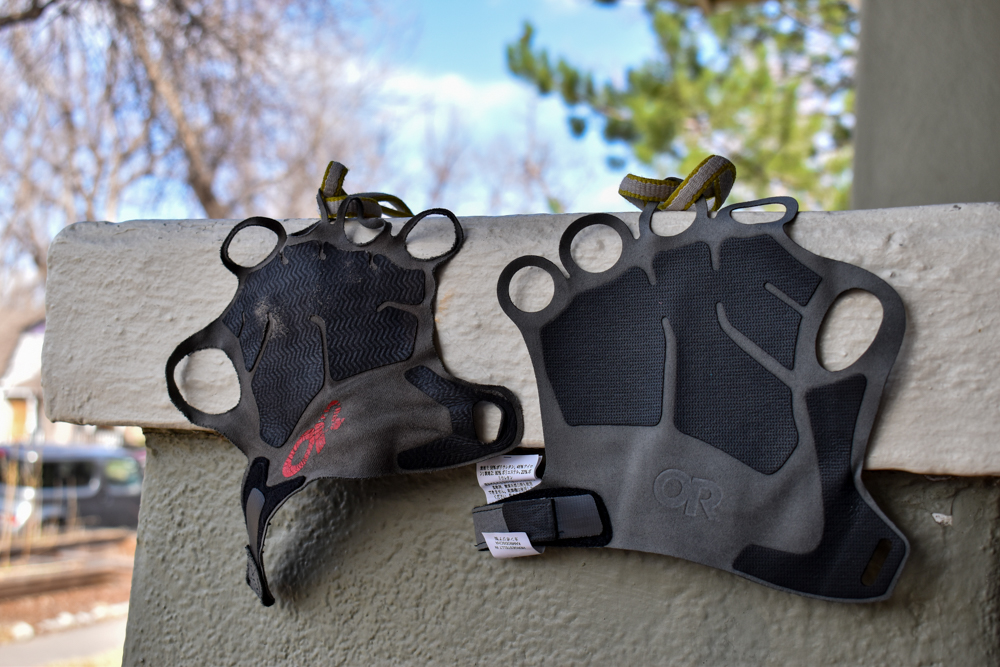
Depending on how you count, there are ~5-10 primary models of crack gloves – “jammies” by some accounts – that are available on the market. I think that the OR Splitter II gloves have found a niche and are here to stay.
First, performance. Compared to the Ocun gloves that are extremely popular, the Splitters are much, much thinner, and that should be taken into account. My “perfect” hand crack size is a big #2 to a tight #3 camalot. So, when I’m climbing anything thinner than perfect hands, I’ve started to reach for the OR Splitters. They barely add any dimension to my hand, and they’re supple enough to allow me to contort to awkwardly thin, tight #1s cracks. On big hands and fist cracks, though, I find that the OR gloves are a little too supple, and they tend to bunch up awkwardly.
Secondly, durability. As soon as I put on my first pair or Splitters, I convinced myself that they would fall apart after the first pitch. This did not prove to be true. Compared to the Ocun gloves, they feel like heavy-weight paper. But, I’ve climbed around ~50 pitches on my current pair, and, while they look a little rough, they’re holding up just fine and haven’t broken or ripped anywhere.
That said, the location and type of rock you primarily climb on is going to impact their durability greatly. On sandstone and fine-grained Yosemite granite, I imagine the Splitters could through a few hundred pitches. On knobby and rough Vedauwoo or Turkey rocks granite, on the other hand, they would likely be worse for the wear much faster.
Lastly – sizing. Even though I’m a L/XL in other OR gloves, I am a SM/M in Splitter IIs. Using Outdoor Research’s sizing guide, I am very much in the middle of the “large” size, though. I would advise trying these on at your local gear shop to see how your hand fits into a particular size.
Final Word
Whether you plan on belaying your friend on their project, rappelling a multipitch route, climbing every crack in sight, or aiding a big wall, Outdoor Research has your hands covered with their Granite, Fossil Rock II, and Splitter II gloves.
Find Outdoor Research Gloves on Outdoor Prolink. Not a member? Apply today!
About the Gear Tester
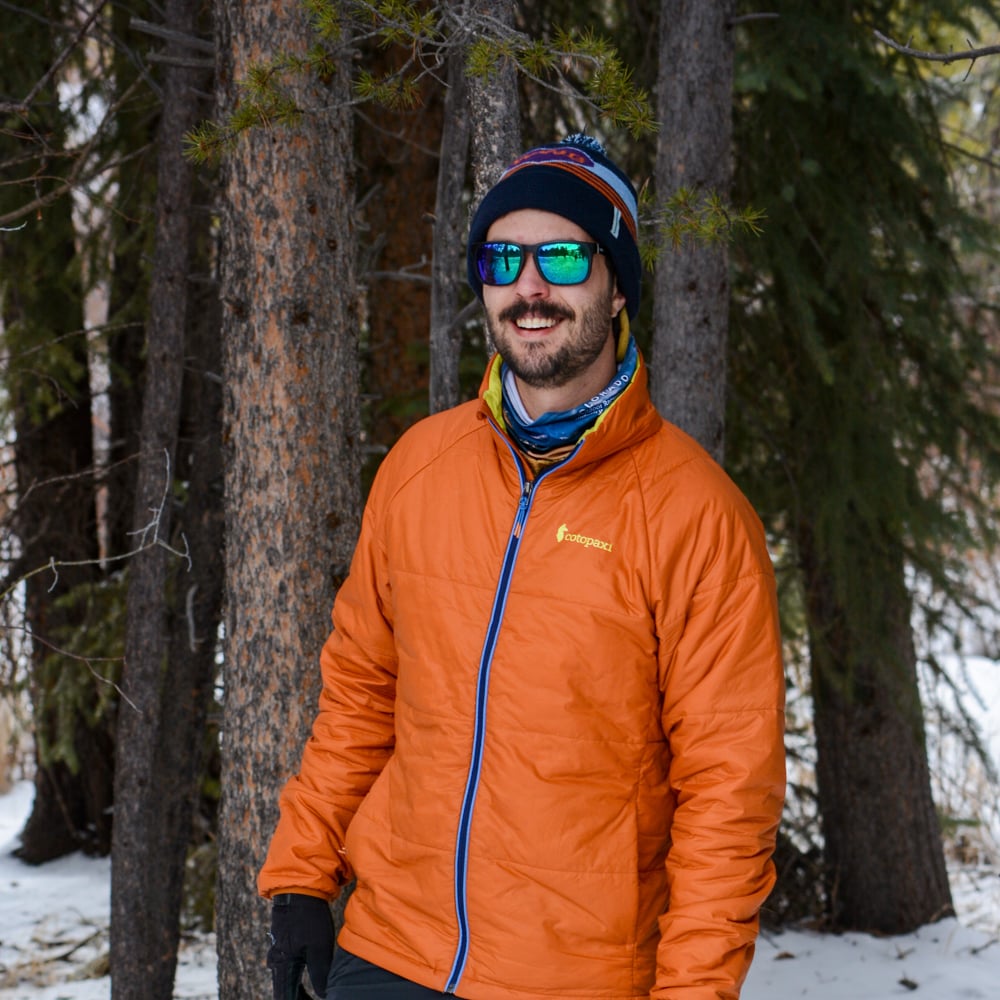
Patrick O’Hare
Patrick O’Hare is a Senior Climbing Guide at Front Range Climbing Company. He has been working in outdoor education for eight years and loves helping individuals progress in their climbing careers. You can keep up with his climbing and photography @pjophoto.

